Not all deadly creatures come with fangs or an ominous reputation. Sometimes, the most unassuming animals harbor the ability to kill in ways that will leave you genuinely shocked. From deceptive appearances to sneaky tactics, these 14 creatures prove that danger can lurk where you least expect it.
1. Cone Snails Deliver a Lethal Sting
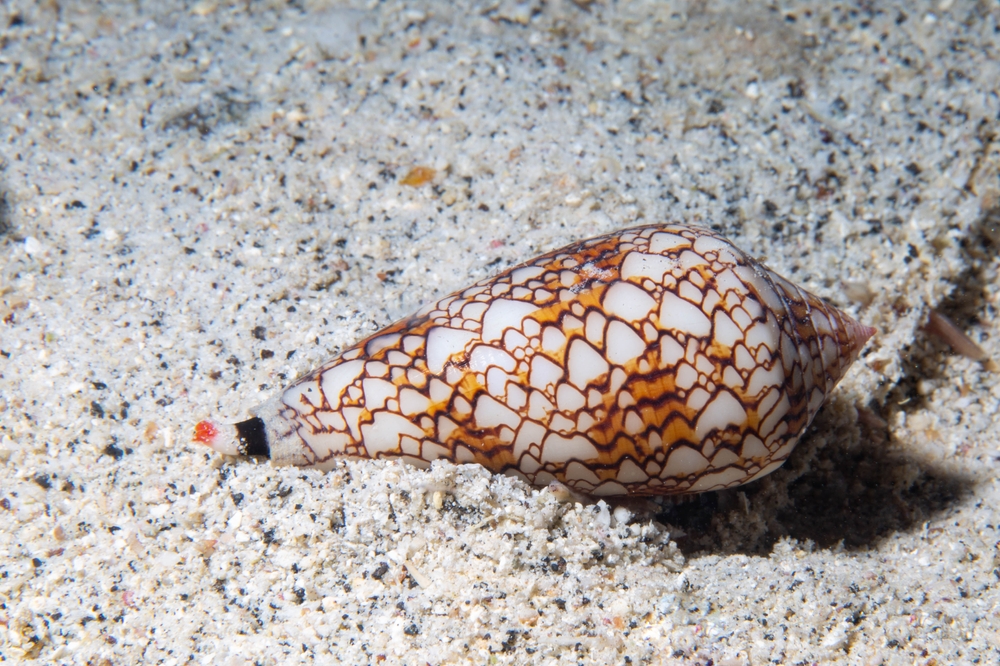
Don’t let their beautiful, shell-patterned exteriors fool you. Cone snails are armed with a venomous harpoon-like tooth that can paralyze prey—or you—in seconds. Found in tropical waters, their venom is a cocktail of toxins that can shut down your nervous system. There’s no known antidote, making this snail one of the ocean’s most unexpected killers.
2. Blue-Ringed Octopuses Hide Deadly Toxins
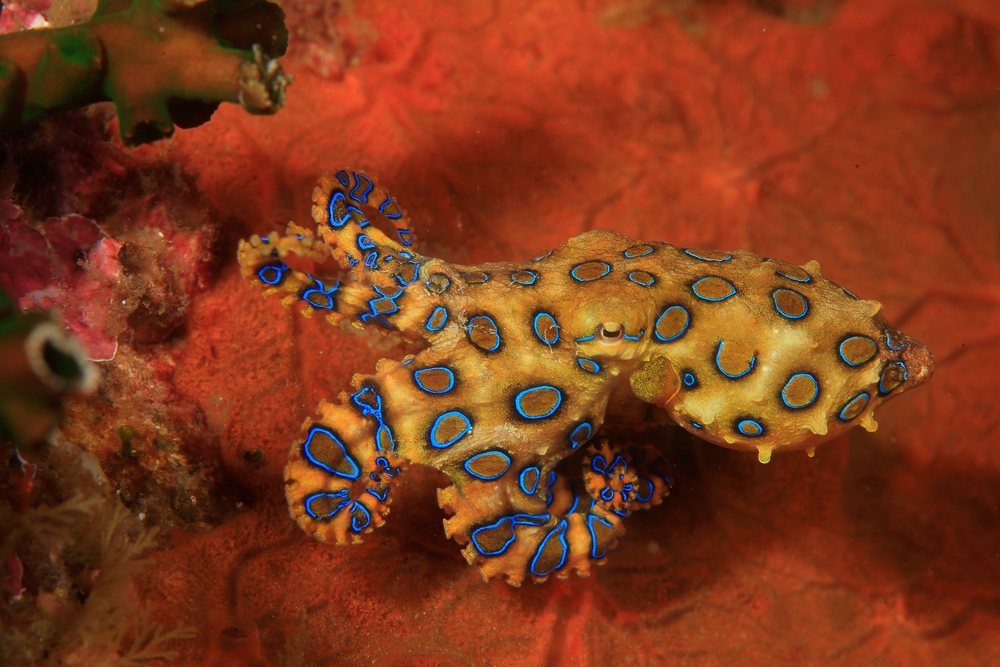
Tiny and stunningly beautiful, the blue-ringed octopus carries enough venom to kill 26 adults. Its bite often goes unnoticed until symptoms like paralysis and respiratory failure kick in. What makes it especially dangerous is its size—this small, golf-ball-sized creature can be hard to spot in tide pools. If you ever see those iconic glowing blue rings, steer clear.
3. Cassowaries Attack With Dagger-Like Claws
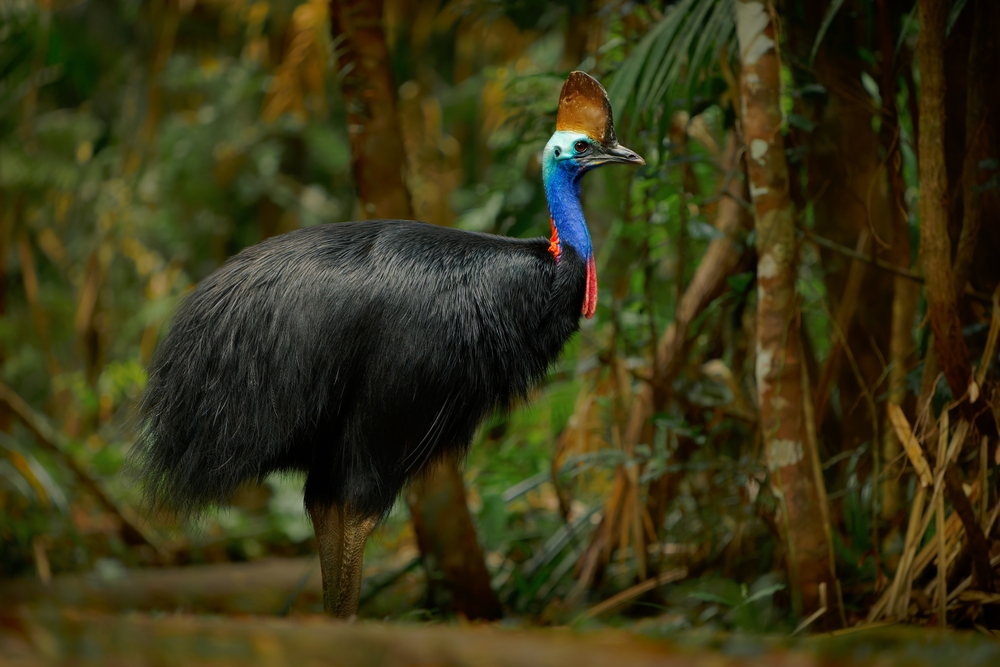
Often called the “world’s most dangerous bird,” cassowaries are like velociraptors in feathered form. Native to Australia and New Guinea, they’re territorial and equipped with razor-sharp claws that can deliver a fatal kick. They’ve been known to attack when threatened, proving that birds aren’t always harmless.
4. Pufferfish Are Poison on a Plate
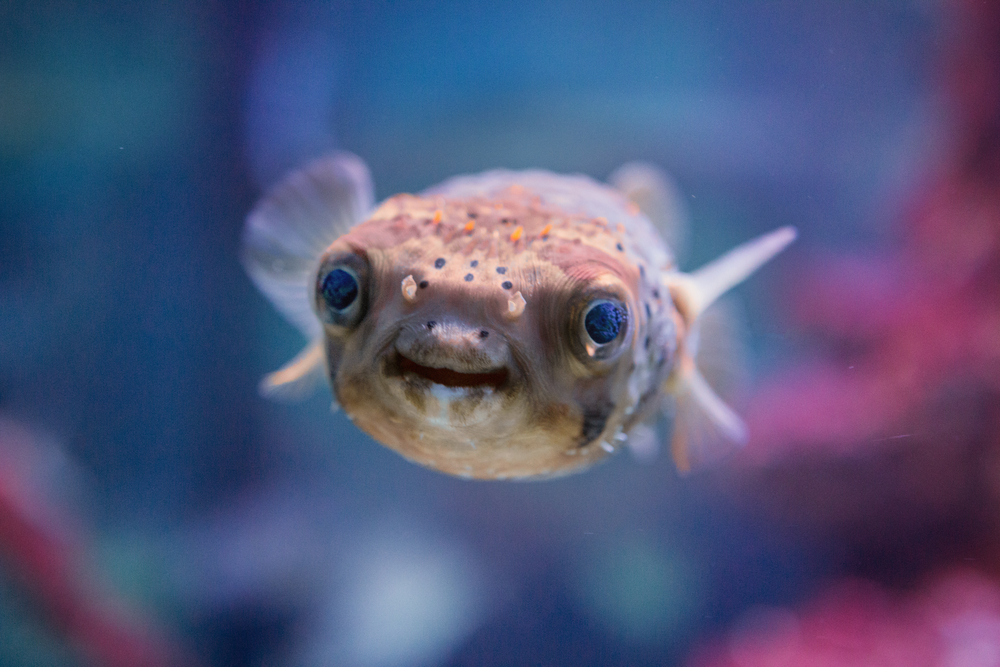
Pufferfish may look like a whimsical underwater balloon, but they’re deadly when consumed. Their organs contain tetrodotoxin, a poison 1,200 times more potent than cyanide. Just a small amount can cause paralysis and death. While trained chefs prepare fugu (a Japanese delicacy), one wrong cut can turn dinner into your last meal.
5. Poison Dart Frogs Are Toxic to the Touch
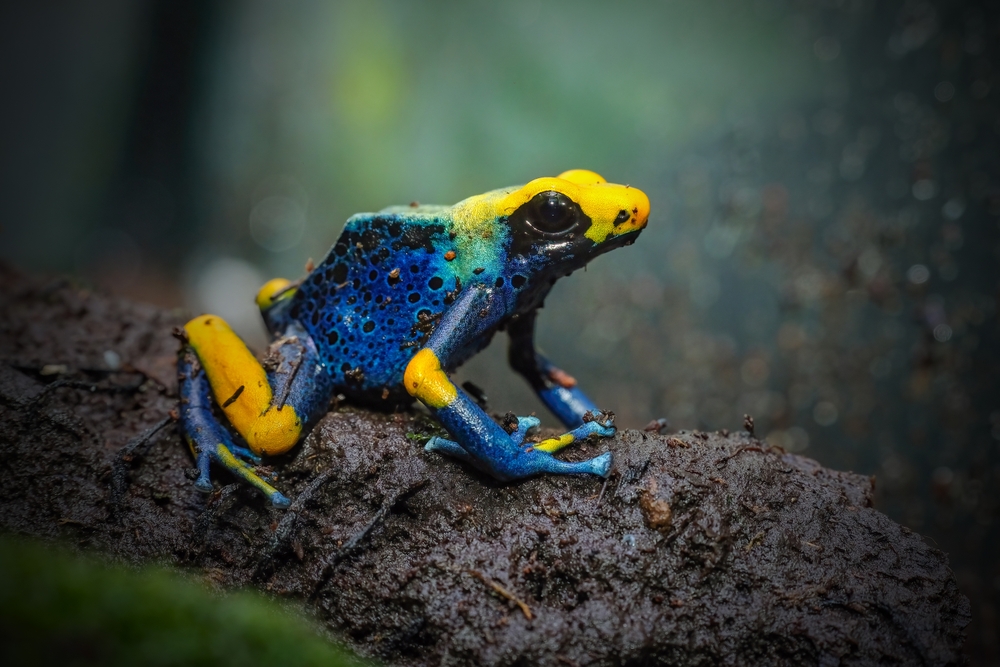
Vividly colored and deceptively small, poison dart frogs carry enough toxins in their skin to kill 10 humans. Found in Central and South America, these frogs don’t produce their toxins themselves but absorb them from their diet of poisonous insects. Indigenous people historically used their venom on blow darts, cementing their lethal reputation.
6. Box Jellyfish Paralyze With Invisible Tentacles
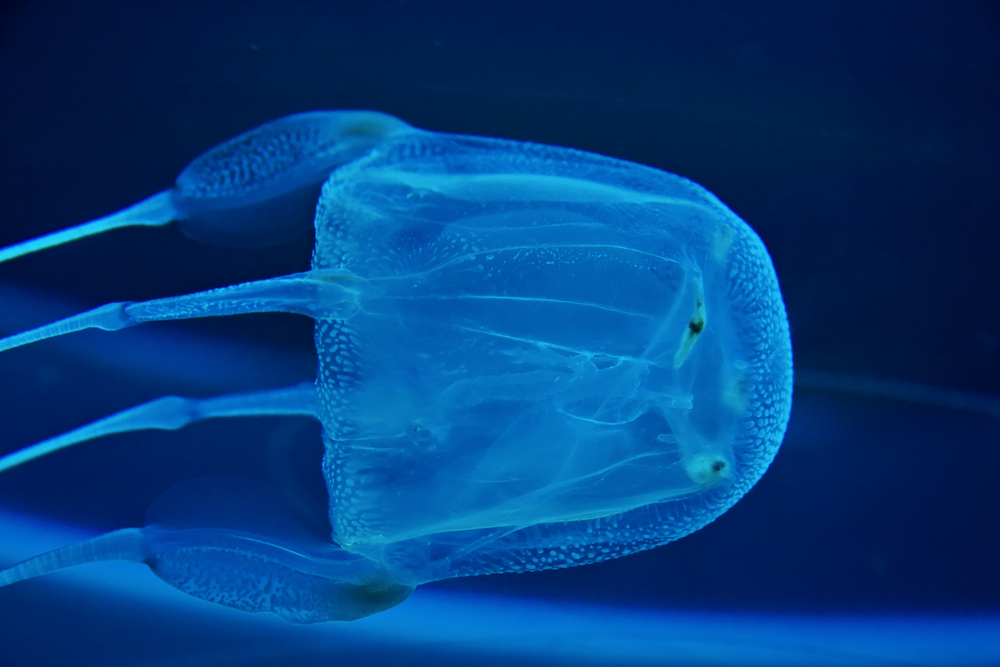
Box jellyfish might look delicate, but their tentacles are loaded with venomous nematocysts that can cause heart failure in minutes. Found in the waters of the Indo-Pacific, their sting is almost invisible but packs an excruciating punch. Swimmers often don’t see the danger until it’s too late, making this jellyfish a stealthy ocean assassin.
7. Freshwater Snails Spread Deadly Parasites
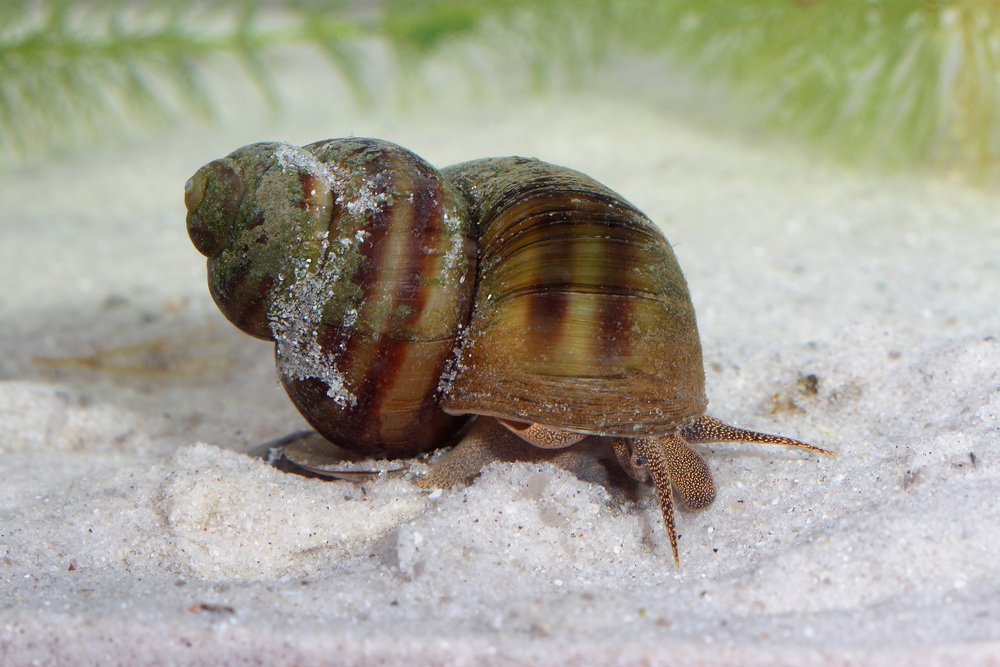
Freshwater snails may seem harmless, but they’re carriers of schistosomiasis, a parasitic disease that kills over 200,000 people annually. The parasites infect humans who come into contact with contaminated water, causing liver damage, kidney failure, and even death if untreated. These tiny mollusks might be slow, but their impact is anything but.
8. Slow Lorises Have a Venomous Bite
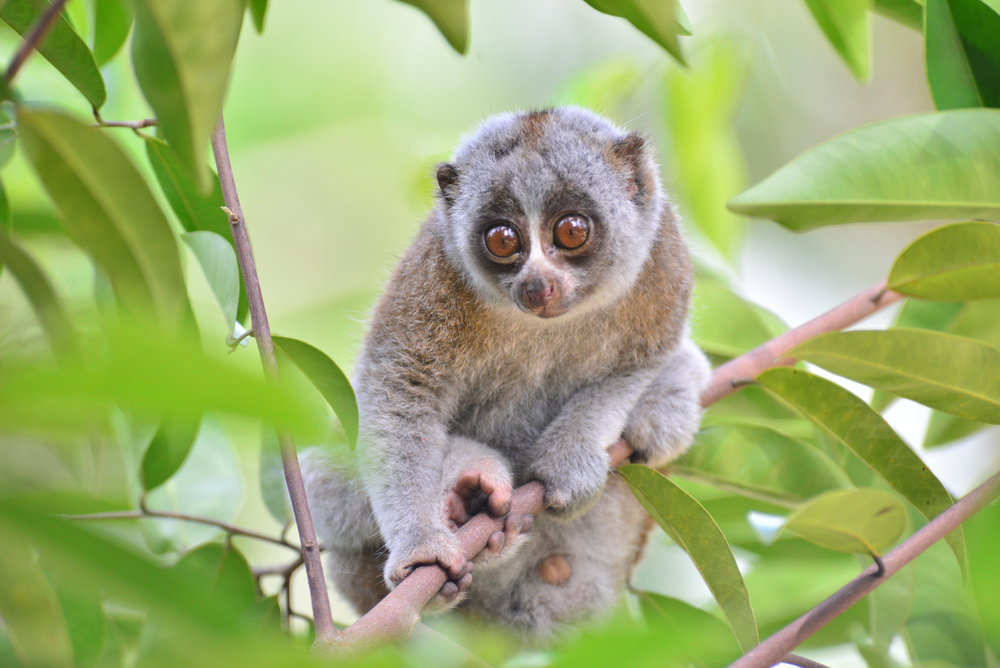
With their big, doe-like eyes, slow lorises look more like plush toys than killers. But their bite delivers a venomous secretion that can cause anaphylactic shock in humans. Found in Southeast Asia, they use this toxin as a defense against predators. Their cute exterior hides a deadly surprise, making them one of the least expected threats in the animal kingdom.
9. Hippopotamuses Crush With Raw Power
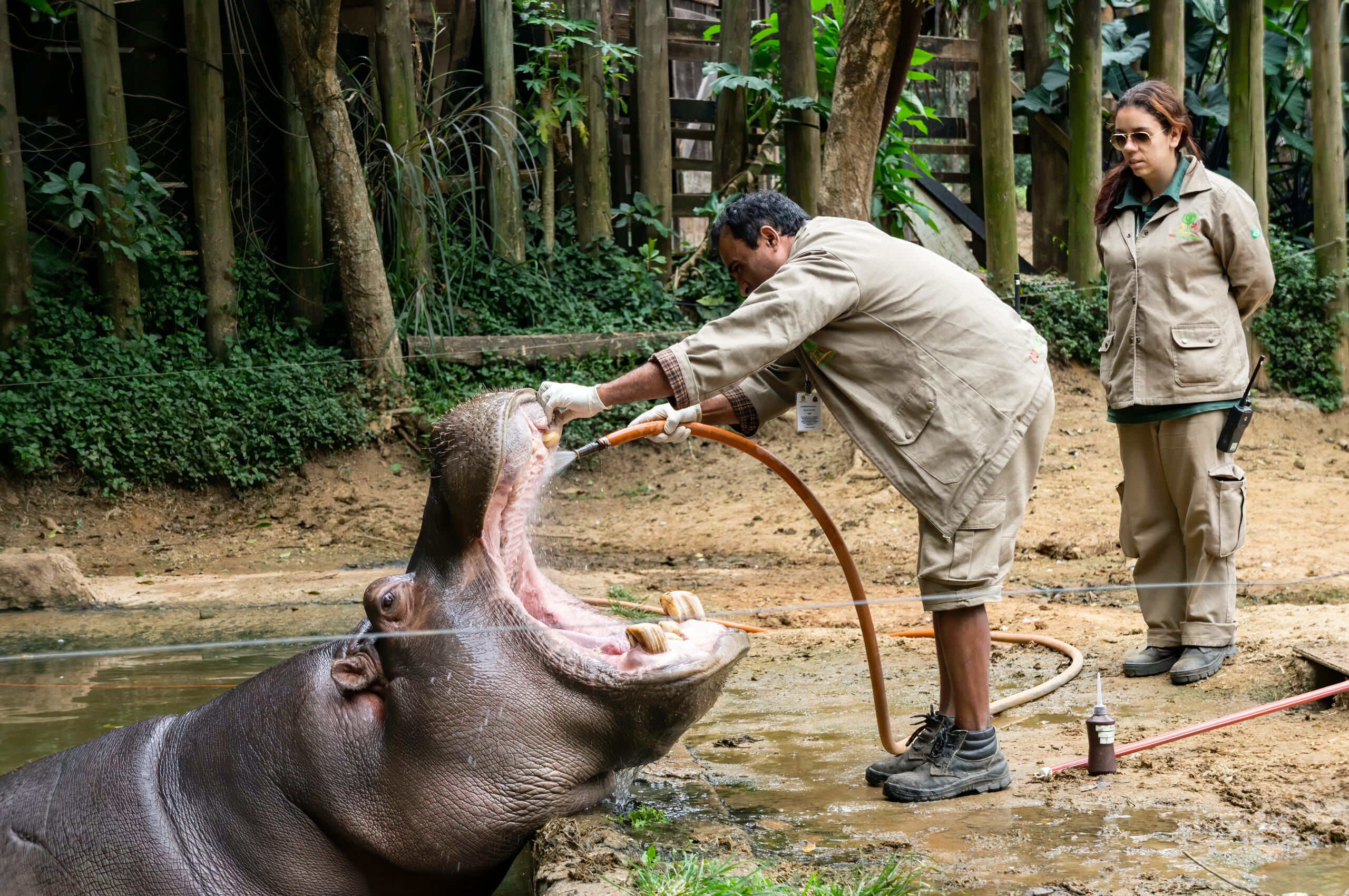
You might think of hippos as lumbering vegetarians, but they kill more people in Africa annually than lions. With massive jaws and aggressive territorial behavior, they can easily crush boats or humans. Despite their plant-based diet, their sheer strength and bad tempers make them a deadly presence in the water.
10. Stonefish Sting With Hidden Spines
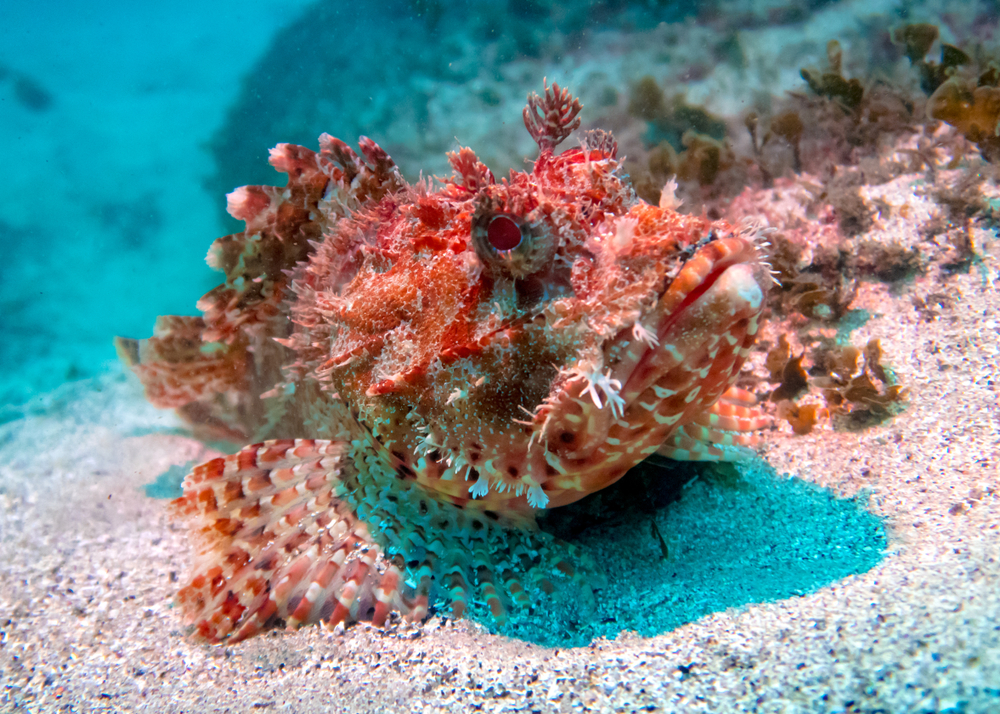
The stonefish is the ultimate master of disguise, blending seamlessly into the ocean floor. Step on one, though, and you’ll get a painful, venomous sting from its dorsal spines. Found in Indo-Pacific waters, its venom can cause tissue damage, paralysis, and even death if untreated. It’s a deadly reminder to watch your step in tropical waters.
11. African Buffalo Charge With Unstoppable Force
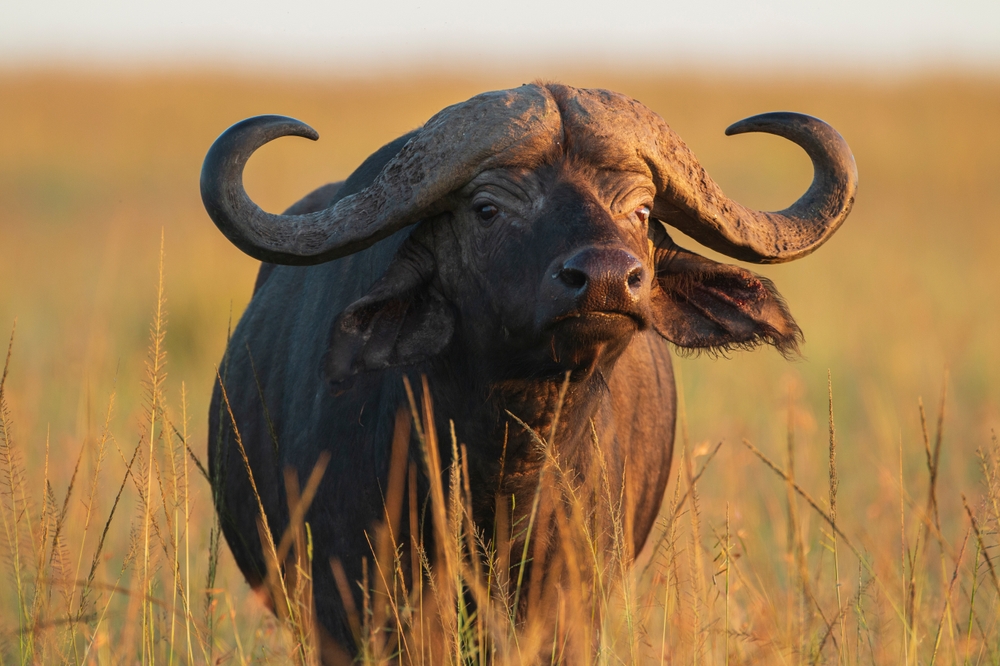
Often called the “Black Death,” African buffalo are unpredictable and highly dangerous. If threatened, these massive animals charge with a force that can kill lions—or humans. They’re responsible for hundreds of deaths each year in Africa and have earned their fearsome reputation as one of the continent’s most dangerous animals.
12. Platypuses Inject Venom With Their Spurs
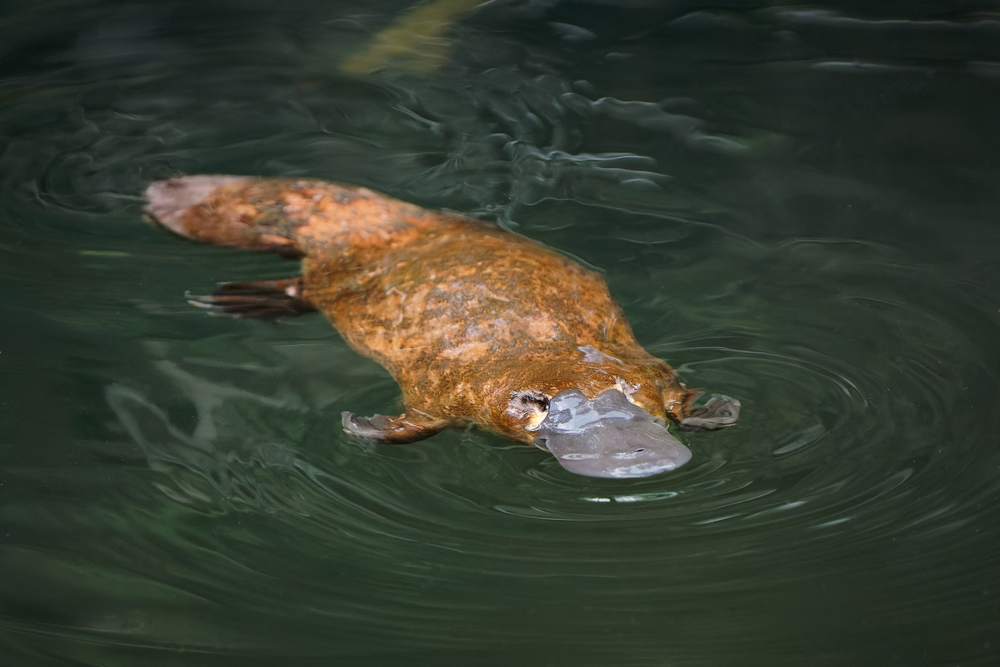
The platypus might look like a quirky mashup of a duck, beaver, and otter, but the males carry venomous spurs on their hind legs. While not lethal to humans, their venom causes excruciating pain that can last for weeks. Found in Australia, the platypus is yet another reminder that the land Down Under is full of surprises.
13. Kangaroos Can Kick With Crushing Force

Kangaroos are usually non-threatening, but when provoked, they can deliver powerful kicks capable of causing serious injuries or even death. Using their tails for balance, they strike with their muscular legs and sharp claws. While rare, kangaroo attacks highlight the risks of underestimating even seemingly gentle animals.
14. Giant Anteaters Slash With Razor-Sharp Claws
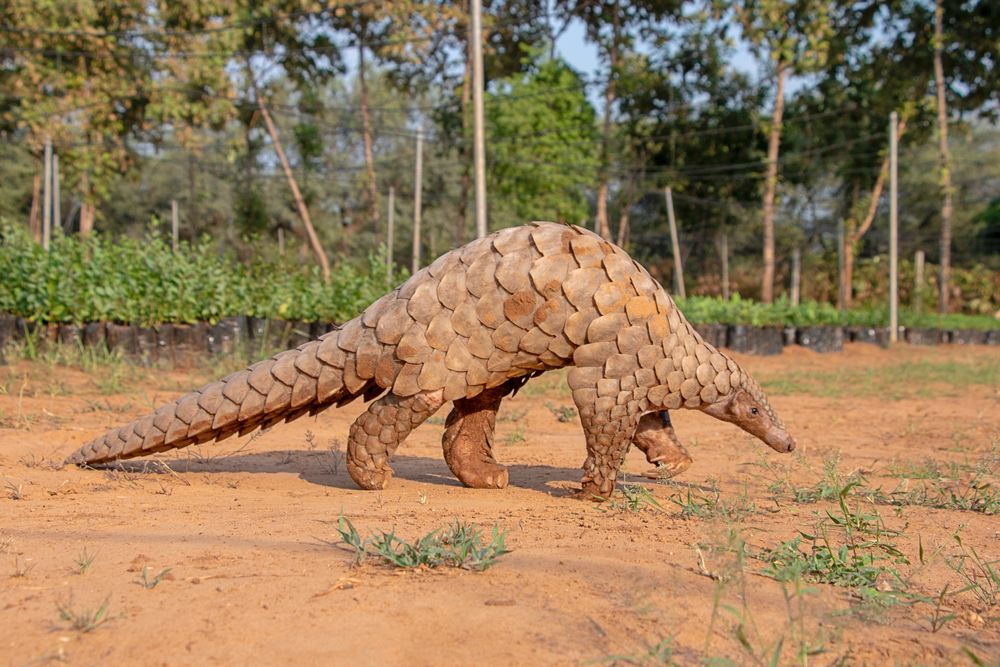
Giant anteaters may look like docile bug-eaters, but when cornered, they can be deadly. Their massive claws, used to dig into termite mounds, are also capable of slashing predators—or humans—with alarming efficiency. Found in South America, these animals are proof that even peaceful-looking creatures can pack a dangerous punch when provoked.
